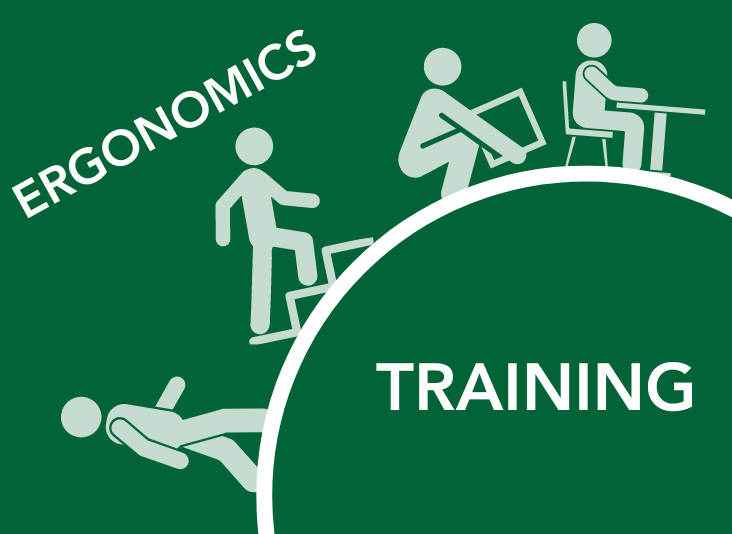Ergonomics Program Training: Do It Right!
This is the sixth blog of our EHS and compliance training deep-dive blog series. Here, we dive into ergonomics.

Looking for ways to keep your employees healthy, happy, and dedicated to your organization over the long-haul—with high morale? A smart, flexible, and fully provisioned ergonomics program is a great way to make this happen—with relevant training to ensure top awareness and education.
Ergonomics prevents incident, injury, and operational disruption, specifically by preventing the development of musculoskeletal deterioration and musculoskeletal disorders (MSDs). There are millions of these injuries each year, harming workers and productivity. As such, an ergonomics program is crucial for a safe and efficient worksite.
Ergonomics Combats MSDs
We will all, in one way or another, be in work situations that will stress our body—from typing on keyboards to operating forklifts. If we’re not careful, these stressful situations can lead to the development of MSDs.
MSDs are a huge threat. This injury classification describes a group of conditions, injuries, and disorders that impact joint, muscle, nerve, tendon, etc. functioning. Common potential workplace musculoskeletal disorders (WMSDs) include pain all over the body, particularly in the hands, legs, or back. From 2021-2022, there were almost a million private sector instances of these injuries, according to the National Safety Council (NSC). Any of these can make work difficult and slow.
Good ergonomics, however, ensure employees remain safe, healthy, and comfortable in their work environment by providing tools and strategies to improve body position at the worksite. Ergonomics considerations:
- Protect workers from MSDs
- Prove company commitment to employee wellbeing
- Ensures employee longevity and commitment
Training Maximizes an Ergonomics Program
To get the most value out of an ergonomics program, employees must be trained to the program and their rights within it. Most ergonomics trainings are more generalized and not specific to the work being performed, which limits effectiveness. When it comes to ergonomics and safety for a specific machine, that would be covered in that machine’s use training rather than a holistic ergonomics training program.
There currently are no nationally enforced ergonomics training standards—nor are there federal regulations that demand employers provide training. However, it is mandated by some state and local governments (like in Washington state) and agencies such as the California Division of Occupational Safety and Health (Cal/OSHA). And naturally, robust training is a best practice for all top organizations. Good ergonomics training programs cover:
- The dangers of improper ergonomics
- How and when to speak up when they have safety concerns, and to whom
- Employee rights as it relates to ergonomics concerns communication
Typically, once employees are trained to these basics, you can check ergonomics training off the to-do list. Updates may be necessary if there are ergonomics program updates, new workflows are introduced, or operations otherwise change.
Honestly, even with little to no regulatory requirement, any company that takes the time to implement an ergonomics program is losing value without an accompanying training curriculum. Training maximizes program ROI while simultaneously instructing team members about their general health, safety, and wellbeing in the workplace.
Ergonomics Training Demands a Custom Touch
Reaching ergonomics training program success is easier said than done—customization is crucial to prevent trainings from becoming so generic and basic that they are ineffective. Facility-, organization-, or site-specific trainings can transform the learning experience from bland and generic to impactful and beneficial.
Customization can include specific elements, such as :
- The people responsible for the ergonomics program
- The vendors who support ergonomics safety
- What ergonomically-designed tools are available onsite for staff to use, such as certain types of chairs or keyboards
Because these elements will vary by organization, facility, and even workgroup, an “out-of-the-box” training program cannot sufficiently cover them all. A specialized training partner can help customize all ergonomics trainings in a beneficial, efficient, and streamlined way.
Looking to partner to reap the benefits of an ergonomics program? Triumvirate Environmental may be the partner for you. We can perform ergonomics audits and, with a dedicated team of consultants and a turnkey EHSLearn™ personalized training program, we have the tools you need to succeed in keeping your employees safe. Contact us today to learn more.






